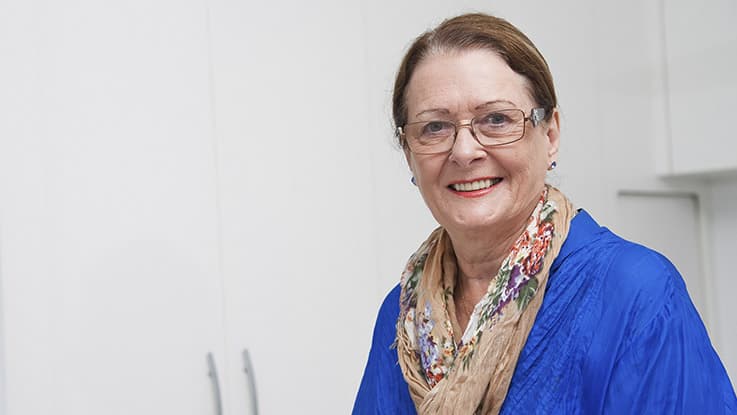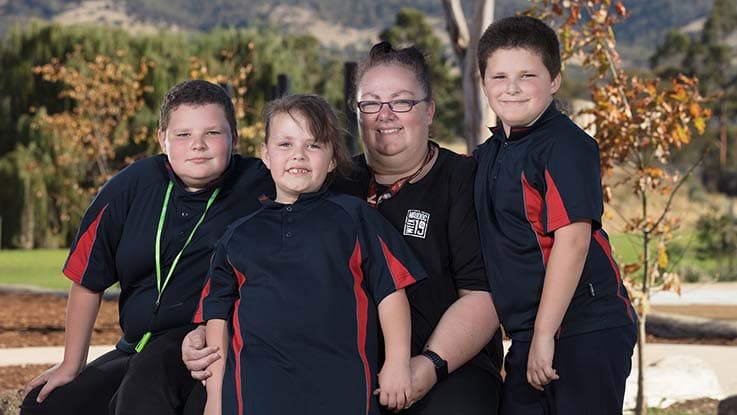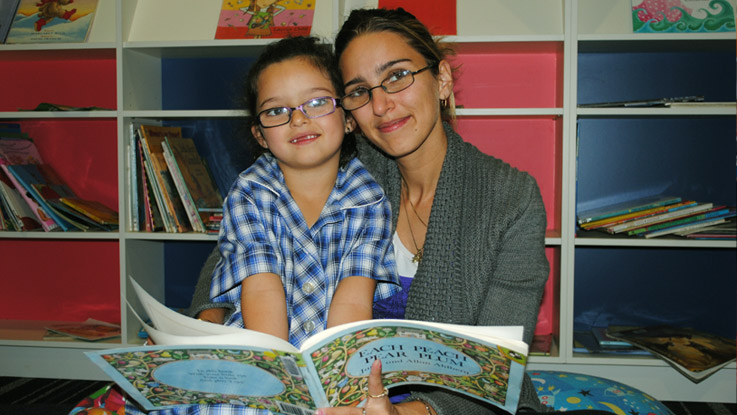
Education can end poverty
Educators see first-hand the many different ways disadvantage can impact a child at school.
How hard it is for a child to concentrate when they’re tired and hungry. How children start to fall behind when they don’t have the books they need, or parents with the skills to help with their homework. And how the ‘social shame’ of having threadbare uniforms and no socks, no school bag and no lunch makes children not want to come to school at all.
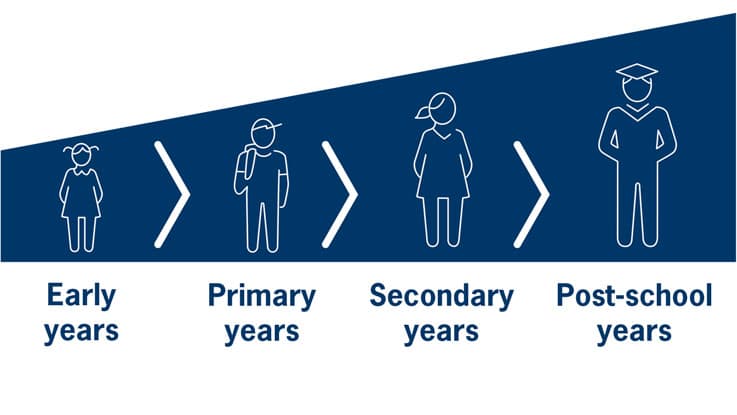
Intervention begins early and continues throughout a child's education.
It is possible to bridge the gap for children living in poverty, giving them the opportunity to break the cycle of disadvantage.
Bridging the gap
Close collaboration
Long-term impact
Our impact and reach
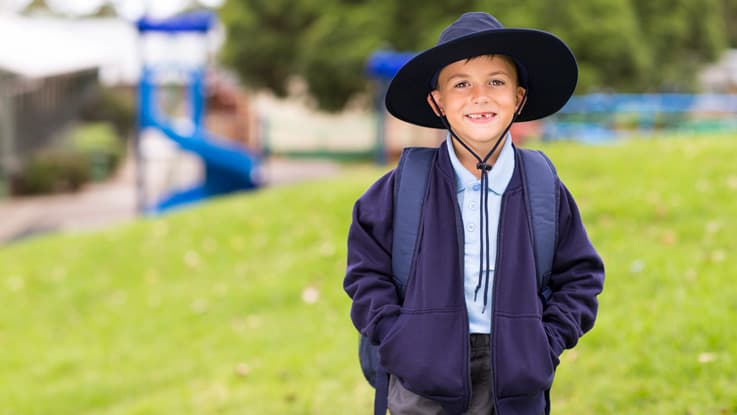
Contributing to a better future for young Australians in need.
Education is a driver of real and powerful change that can break the cycle of poverty – and educational attainment is an important predictor of a person’s future employment, income, health and welfare prospects.
The Smith Family provides targeted support that begins early in a child’s life and continues in a balanced way throughout their education. This approach sets children up for their futures, enabling them to stay motivated and engaged at school increasing the likelihood they will finish Year 12 and go on to training, further study or a job post-school.
Educators in schools across Australia do an incredible job in working to level the playing field for disadvantaged children by identifying and supporting children who are impacted by poverty.
But educators’ time and resources are extremely scarce. By working closely with teachers and principals in schools across Australia, The Smith Family can ensure vulnerable children get the additional out-of-school learning financial support they need to get the most out of their schooling.
Schools identify children they think would benefit from The Smith Family’s programs, which begins a conversation with the child’s family about how we can support the child’s education.
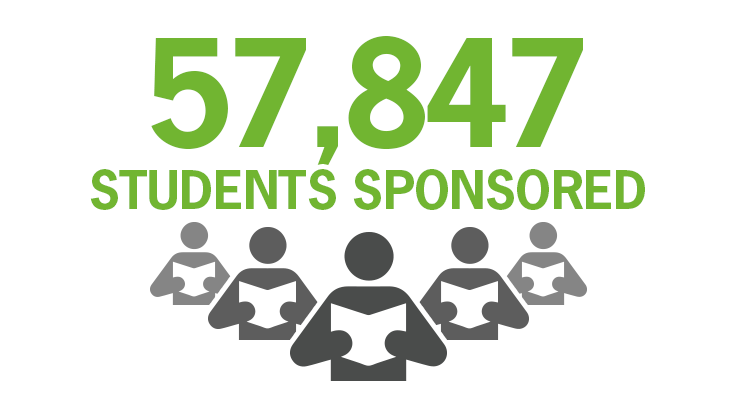
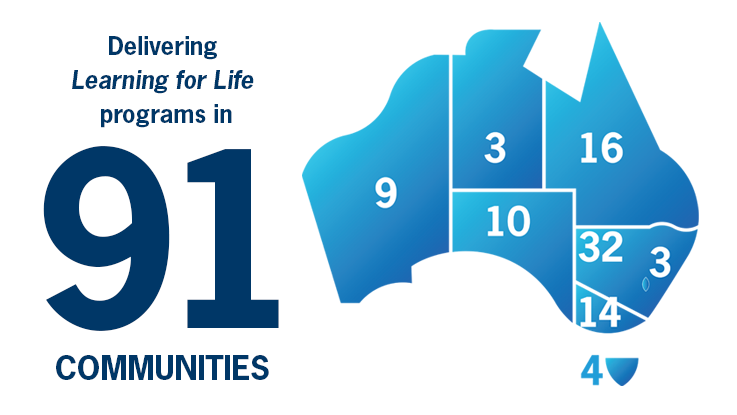
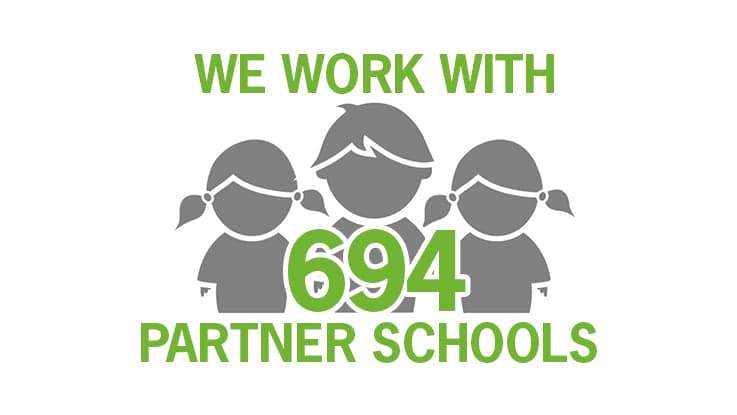
School principals share their experiences of the impact of poverty on education
Rebekah Stapleton, Principal of Gray Primary School in Palmerston, Northern Territory
“For me, attendance, engagement and success is about creating choices for a child. We want our children leaving senior school with a suite of opportunities so they have a choice in what they can do.”
Christine Cawsey, High School Principal, Western Sydney
Christine Cawsey, High School Principal, Western Sydney “Every child needs the opportunity to do his or her best. Reducing the inequality by giving every student the opportunity – that matters. We can’t afford to lose a generation of young people. We need all of these young people to be contributing to our future.”
Andrew Pierpoint, President of the Australian Secondary Principals' Association
“It’s working with the whole family that enables a student to come to school. I find working with The Smith Family one of the most soul-enriching tasks that I do. It’s meaningful work.”
Lee Sibir, Aboriginal Educator and Primary School Principal, Western Sydney
“It’s really important that we foster each child’s education and that we keep them going – and that they know that we believe in them and that they are capable of absolutely anything.”
Karen Snibson, Principal of Phoenix P-12 Community College in Ballarat, Victoria
“Across Ballarat there are a lot of challenges people really struggle with in meeting the demands and costs of accessing high quality education. The Smith Family has a huge part to play in addressing those burdens.”

